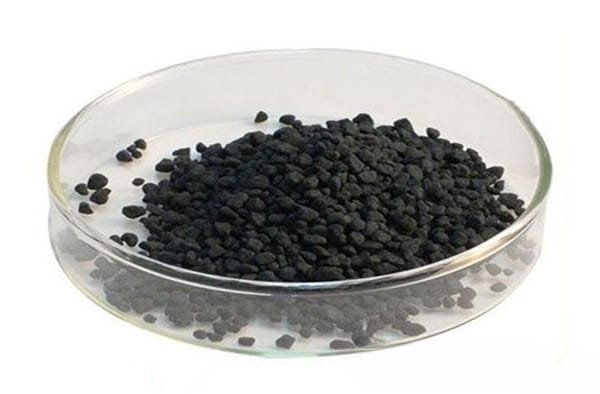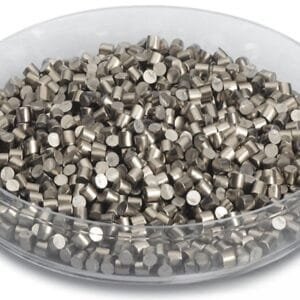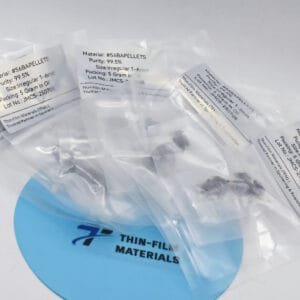Molybdenum Diselenide Evaporation Materials Overview
Molybdenum diselenide (MoSe2) evaporation materials are essential in various deposition processes, known for their high-purity and reliability. Produced by TFM, these selenide ceramic materials are crucial for achieving superior quality in deposited films. With an impressive purity of up to 99.9995%, TFM ensures that each batch meets stringent quality standards for consistent performance.
Related Products: Molybdenum Evaporation Materials,
Specifications of Molybdenum Diselenide Evaporation Materials
| Material Type | Molybdenum Diselenide |
| Symbol | MoSe2 |
| Appearance/Color | Dark gray |
| Melting Point | >1200 °C |
| Density | 6.90 g/cm3 |
| Purity | 99.9% ~ 99.999% |
| Shape | Powder/ Granule/ Custom-made |
Applications of Molybdenum Diselenide Evaporation Materials
Molybdenum diselenide is utilized in various deposition techniques such as semiconductor deposition, chemical vapor deposition (CVD), and physical vapor deposition (PVD). Its applications extend to optics, where it is employed for wear protection, decorative coatings, and display technologies.
Packaging and Handling
TFM takes special care in the packaging of molybdenum diselenide evaporation materials to ensure they are clearly labeled and protected during storage and transportation. This meticulous approach helps prevent any potential damage and guarantees the materials reach their destination in optimal condition.
Contact Information
As a premier manufacturer and supplier of high-purity molybdenum diselenide evaporation materials, TFM offers a range of forms including tablets, granules, rods, and wires. Custom forms and quantities can be arranged upon request. TFM also supplies evaporation sources, boats, filaments, crucibles, heaters, and e-beam crucible liners. For inquiries about pricing or to request materials not listed, please contact us.


 MSDS File
MSDS File



Reviews
There are no reviews yet.